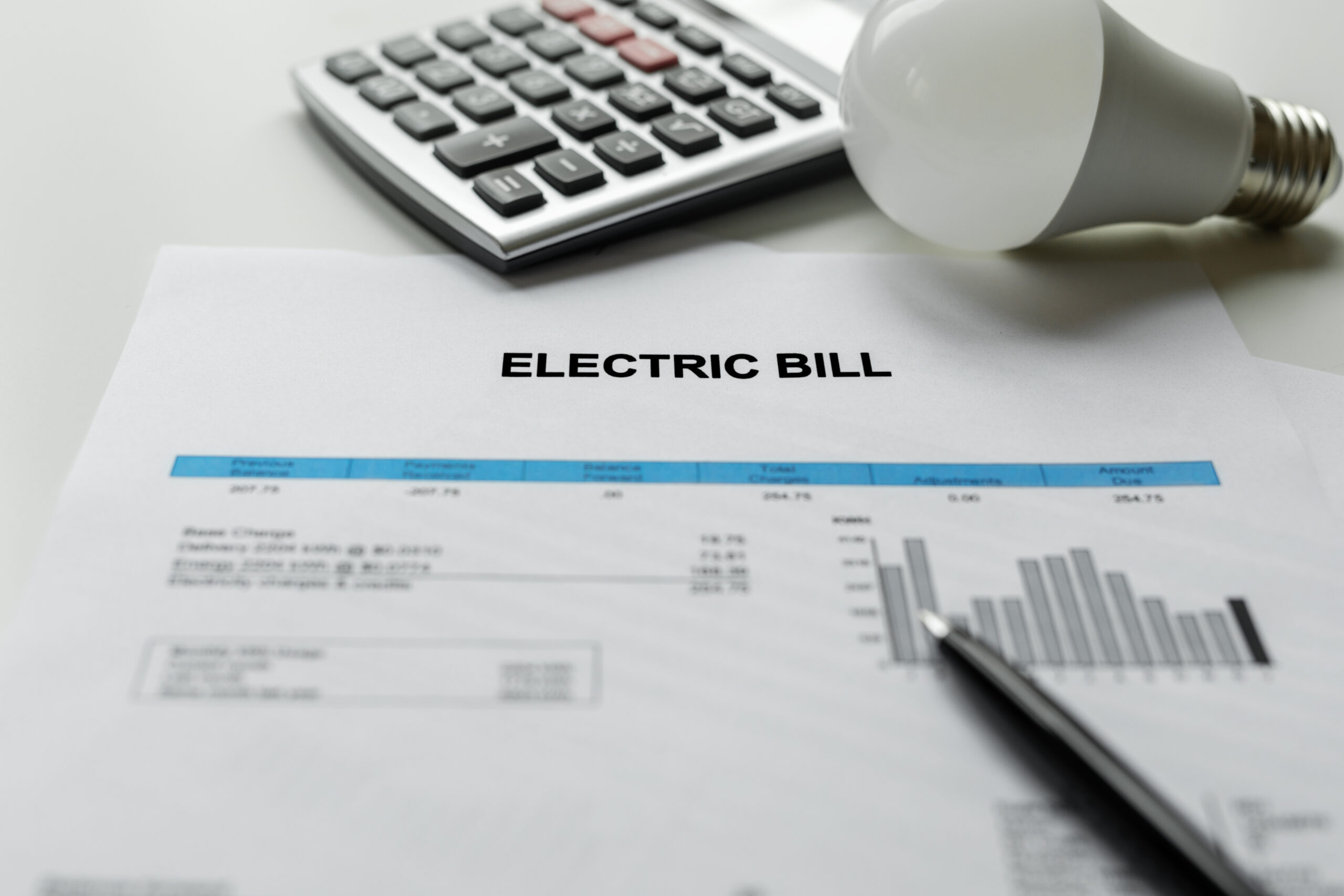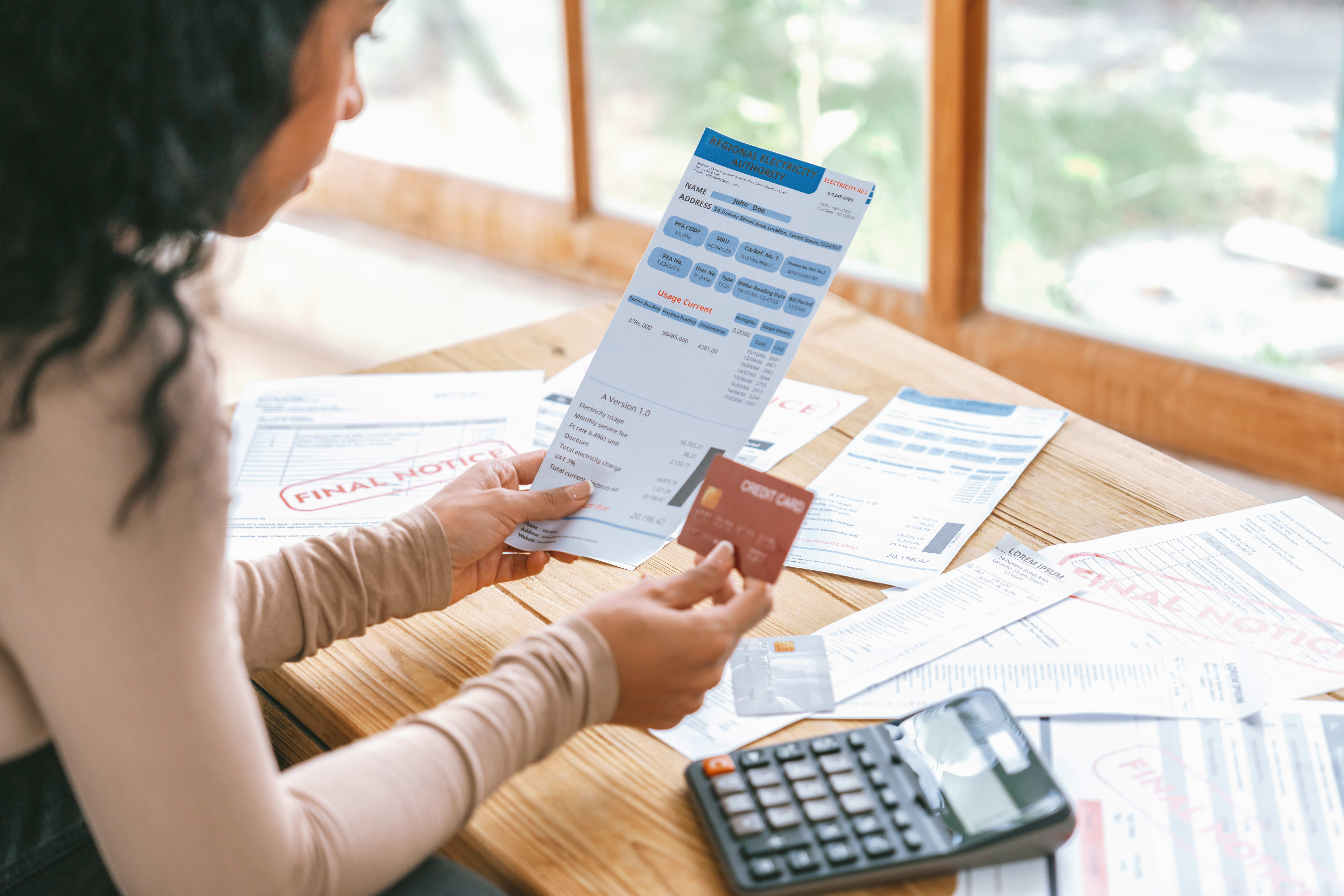Windchill temperatures in the Midwest can drop into the -30° range during the winter months! Here are ten tips to effectively manage your energy bills this winter.
1. Get a furnace tune-up. Costs typically fall somewhere between $70 and $200, but you can contact local furnace maintenance businesses for estimates specific to your home. Keep in mind that gas/propane-powered furnaces usually cost more to service than electric furnaces.
2. Check your furnace filter. You should usually change your furnace filter at least once every 90 days, but you might benefit from changing it sooner. It depends in large part on the type of filter you use. Replace the filter when needed.
3. Seal air leaks. We’re talking about those pesky doors and windows. Use film kits to wrap your windows; you may even consider budgeting to replace particularly drafty windows in the summer. Invest in some caulk and weatherstripping to help keep the warm air in and the cold air out. Check the attic and basement for leaks. If the leak is small, caulk or foam will do the job. If the leak is larger, you may want to replace some insulation in that spot.
4. Use curtains. Open them during the day to let sunshine and heat in. Close them at night to keep the cold out. Consider whether insulated curtains are the right option for your home.
5. Adjust the temperature. Lower the temperature when you’re asleep or away from home. If you’re not the type who remembers to adjust the temperature manually, consider installing a programmable thermostat.
6. Dress warmer. Perhaps this goes without saying, but it doesn’t need to feel like summer inside when it’s freezing outside. You don’t need to keep the temperature so low that you’re suffering, but a quality sweatshirt, sweatpants, and thick socks go a long way to combat the winter cold. Add in some soft lighting, a good book, and a hot cup of your beverage of choice and you’ve turned a relatively dreary, miserable day into quite a cozy one.
7. Switch to LED bulbs. Less daylight means your lights are on longer. LED bulbs use 80% less energy than incandescent bulbs. Turn off lights in unoccupied rooms.
8. Unplug appliances. Things like televisions, computers, video game consoles, cable boxes, digital video recorders, and chargers for cell phones, tablets, and other cordless devices use energy when they are not charging. Unplug them when not in use.
9. Don’t use more energy than you need. Only run your dishwasher when it’s full. Wash your clothes with cold water. Use the clothes dryer less; air dry if possible.
10. Look into Budget Billing. Budget Billing spreads out the variations in your energy bills, allowing you to make consistent monthly payments year-round. Check with your utility provider to see if they have this or a similar program available.
Check out our blog for additional Home Life tips.






 Federally Insured by NCUA |
Federally Insured by NCUA |  Equal Housing Opportunity |
Equal Housing Opportunity |